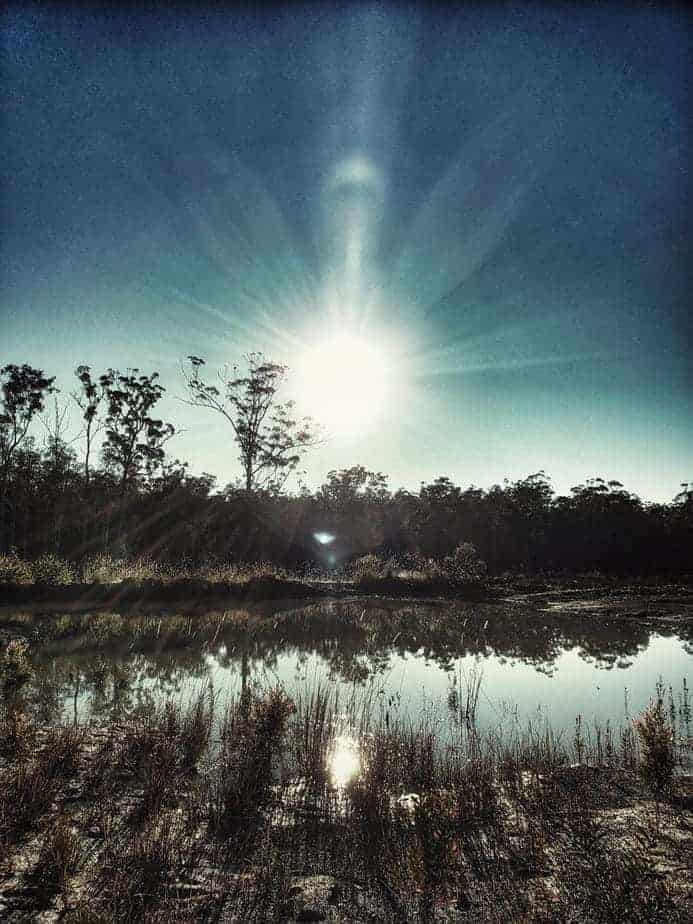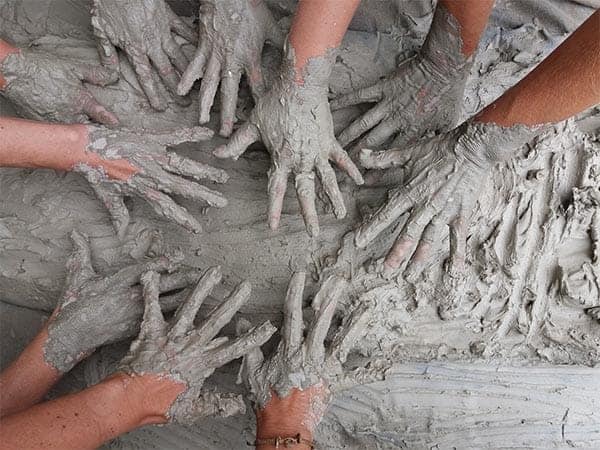Constructing a dam is no small feat, and one of the most critical steps in ensuring its effectiveness is proper sealing. Dams, especially earthen ones, require an impervious barrier to prevent water seepage, which could weaken the structure and reduce its water storage capacity. Clay, with its fine particles and unique plasticity, has been used as a sealing material for centuries. But not all clays are created equal. In this article, we delve into the right types of clay to use when sealing a new dam.
Tag Archives: bentonite
Day 5 of The Razorback Dam Project. Razorback Mountain. 1 hr south of Sydney The final 4 tonnes of Bentonite gets worked into the leaking dam wall. Previous parts: Days 3-4Day 2Day 1 and overview On Day 4, the weather wasn’t kind to us, so today was slippery and sticky. We had been 2 days …
The Razorback Dam Seal works in progress. Day 3. Shake & bake. The false land bridge is rolled back on the leaking wall and Bentonite layers 1 & 2 go in. Razorback Dam Seal nuances A total of 4 tonnes of Bentonite is applied to the new dam wall material with the excavator being used …
The best clay for sealing a dam is white clay because it will create a permanent seal. Avoid using red clay, because it is dispersive, and it ill let water travel through the wall and exit the dam
Large dams capture lost rainwater run-off for avocado growers Avocado growers always worry about their dam levels and their ability to effectively harvest rainwater. The dam for Josh McMillan is completed. Large dams are helping Comboyne avocado growers like Josh McMillan ensure their water security for their stock and crops. These rainwater harvesting systems allow …







